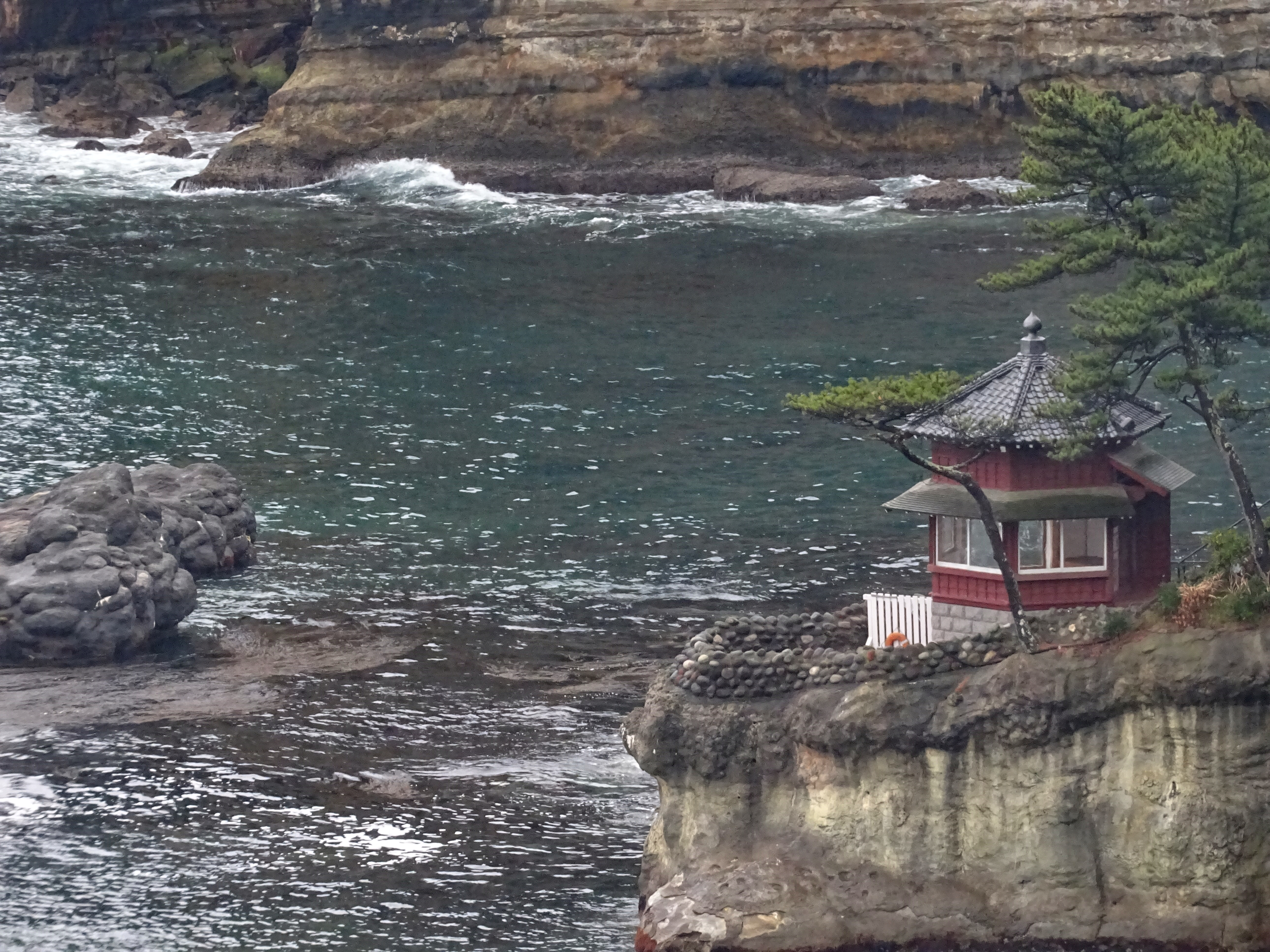
Kakuzo Okakura first described Japanese tea culture to a readership in the U.S. in The Book of Tea in 1906. Since then, his book, his ideas, and Japanese tea culture have traveled across the world.
A highlight for many sojourners to Japan is drinking a tea bowl of freshly prepared green matcha prepared by a kimono-clad expert in a wooden tea ceremony house within a traditional Japanese garden. Foreigners interested in the tea ceremony usually flock to Kyoto and the famous tea-growing region of Uji.
I decided to travel to the Izura Coast of Kita-Ibaraki, Japan, to walk in the footsteps of Kakuzo Okakura (also known as Tenshin Okakura): writer, inventor, translator, writer, art collector, philosopher, museum curator, art patron, and a bridge connecting Eastern and Western cultures.
Fluent in Chinese, English, and Japanese, Okakura drank tea with and influenced many cultural personages of the early nineteenth century, including American poet Ezra Pound, German philosopher Martin Heidegger, Indian Swami Vivekananda, American art philanthropist Isabella Stewart Gardner, and Japanese painter Taikan.
In his forties, when he was not traveling the world or curating art for the Department of Chinese and Japanese Art at the Museum of Fine Arts, Boston, he spent his days with family on the Izura Coast. That is where he also encouraged a nascent art movement within Japan and where he designed a unique tea ceremony house that Okakura named Rokkakudo Hall.
Within Rokkakudo, Okakura and fellow artists that influenced Japanese culture sipped matcha while gazing at colorful sunsets, at waves crashing over green seaweed and jagged rocks, and at shapely clouds above a long horizon. Okakura wrote, “The tea-room was an oasis in the dreary waste of existence where weary travelers could meet to drink from the common spring of art-appreciation.”
The devastating earthquake and tsunami of 2011 that destroyed Fukushima annihilated Rokkakudo in Kita-Ibaraki. Only the foundation on the rocks remained after the walls, roof, windows, and everything inside were dragged into the sea.
Because of its value as a national cultural treasure of Japan, experts from America and Europe worked with local professors from Ibaraki University to recreate Rokkakudo based on old photos, written descriptions, and original pieces of Rokkakudo that scuba divers managed to locate on the seabed. The experts searched Japan and the world for lumber, tiles, and glass windows that were identical to those that composed the tea house in 1905.
More proof of the significance of Okakura to Japanese tea culture is that the head of the Edosenke tea school holds an annual memorial tea ceremony event to commemorate Okakura’s death. Entrance is allowed only to a select few during special occasions.
I stood outside of Rokkakudo and listened to the waves sweeping back and forth over rocks. A cloudless blue sky touched the sea. Night-black crows squawked while chasing each other between green pine trees. Creating my impromptu tea ceremony, I sat in silent contemplation on a sunlit rock and sipped green tea from a thermos that I had brought for the occasion. Then I walked to the nearby Itsuura Kanko Hotel for a more traditional tea experience.
The Itsuura Kanko Hotel is a venerable institution long associated with art and tea. Located on the coast above Rokkakudo, many of its windows offer views of the tea house and gorgeous seascapes. Proprietress Wakako Murata is a Japanese tea ceremony master of the Urasenke tea school. Ms. Murata provides a relaxed version of the tea ceremony in her lobby between 4:30 to 5:30 every evening.
Though the lobby is large, open, and modern—unlike a typical tea ceremony room—Japanese culture mixes with Western culture. An intricately arranged, yet simple in appearance, flower arrangement provides atmosphere. Ms. Murata, whose family has owned the hotel for generations, is a lovely Japanese woman in an elegant kimono. All her movements, from wiping the edges of ceramic bowls to folding napkins to pouring water with an ancient ladle to using a bamboo whisk to whip matcha powder into an aromatic frothy beverage, carried dignity while extending hospitality.
I watched her precise movements. Finally, my turn to drink arrived. Shifting an imperfect bowl in my hands, I admired the design and brought its smooth surface to my lips. The matcha aroma wafted into my awareness. I tasted warm vegetal sweetness. Perhaps, I experienced what Okakura described in his book:
“Tea … is a religion of the art of life. The beverage grew to be an excuse for the worship of purity and refinement, a sacred function at which the host and guest joined to produce for that occasion the utmost beatitude of the mundane.”
The moment ended too soon. However, Ms. Murata kindly prepared more matcha for me the following morning before my departure. After the Itsuura Kanko Hotel, I visited the Tenshin Memorial Museum of Art, a five-minute drive away.
Ibaraki prefecture created a stunningly beautiful museum that teaches visitors about how Okakura protected traditional art, inspired modern artists, illuminated aspects of Japanese culture to the world, and other achievements. Displays of contemporary Japanese artists are a large part of the museum, too. One could spend an entire day there without feeling bored.
As a tea lover, I was most interested in visiting the Okakura Tenshin Memorial Room, which displays his manuscripts, first copies of The Book of Tea, and the tea utensils he used in Rokkakudo.
If you go, be sure to complete your journey in the museum café by enjoying what Okakura described as “the cup of humanity.”
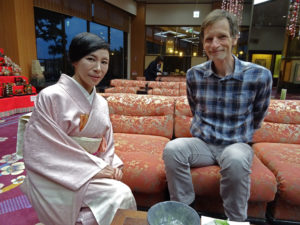 Author Greg Goodmacher enjoys tea with Ms. Murata in the Itsuura Kanko Hotel. He would like to thank the Izura Institute of Art & Culture, Ibaraki University, Ms. Murata, and the Edosenke School of Tea for answering questions and providing images.
Author Greg Goodmacher enjoys tea with Ms. Murata in the Itsuura Kanko Hotel. He would like to thank the Izura Institute of Art & Culture, Ibaraki University, Ms. Murata, and the Edosenke School of Tea for answering questions and providing images.
Tea Market
Get More Value from Your Tea: BRU Maker One
+41794574278
Jacque's Organics
(647) 804-7263
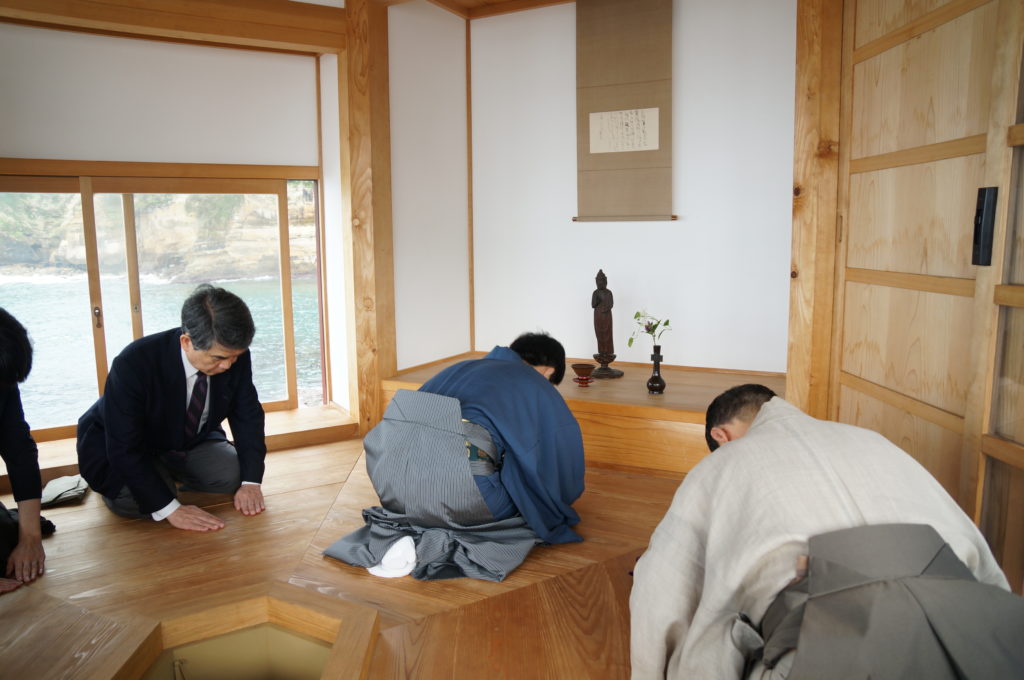
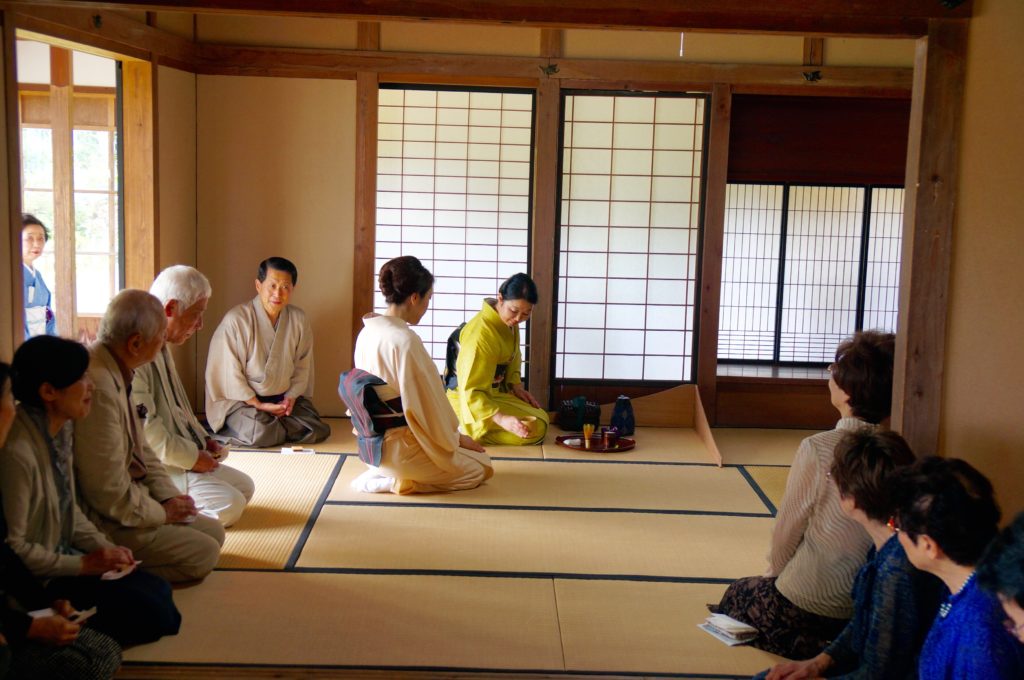
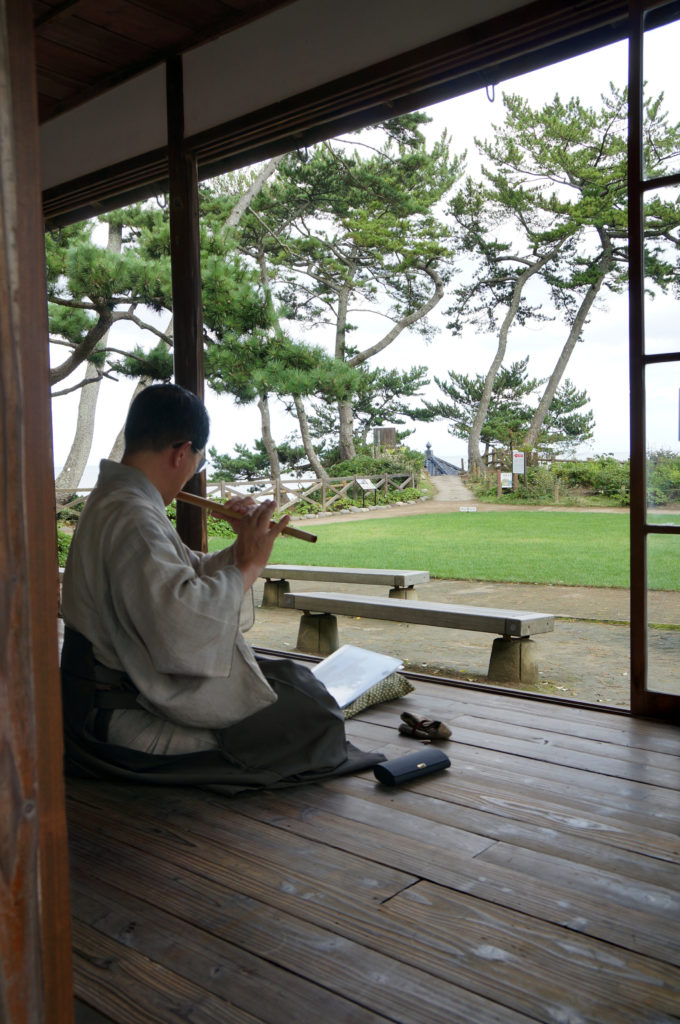
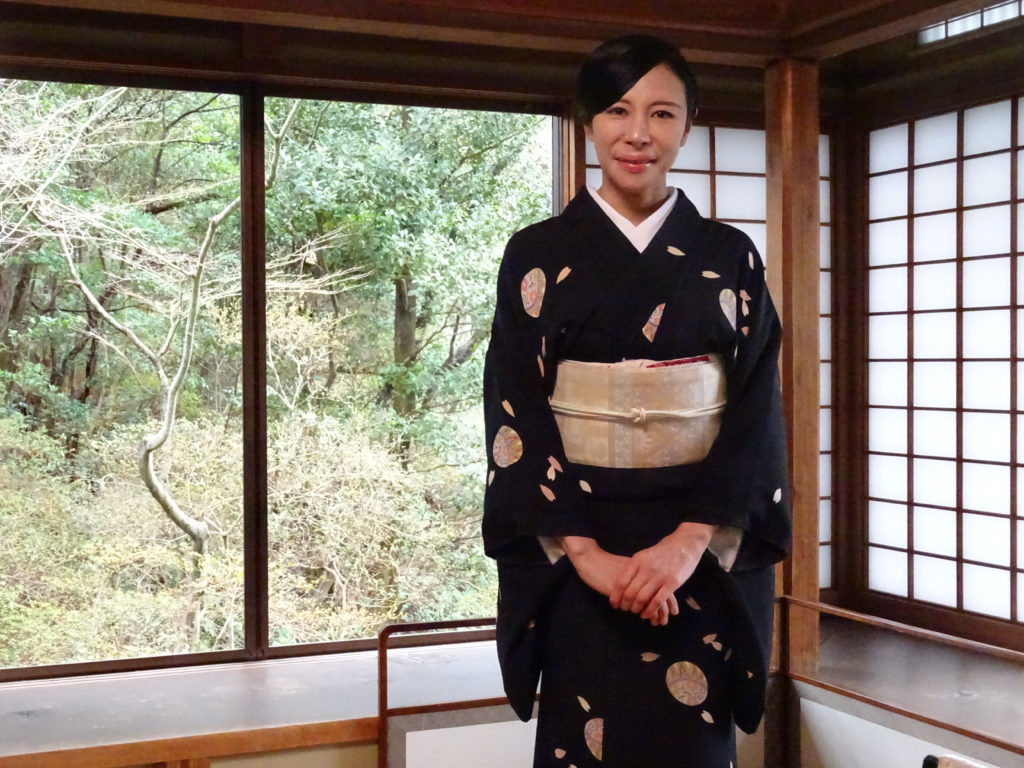

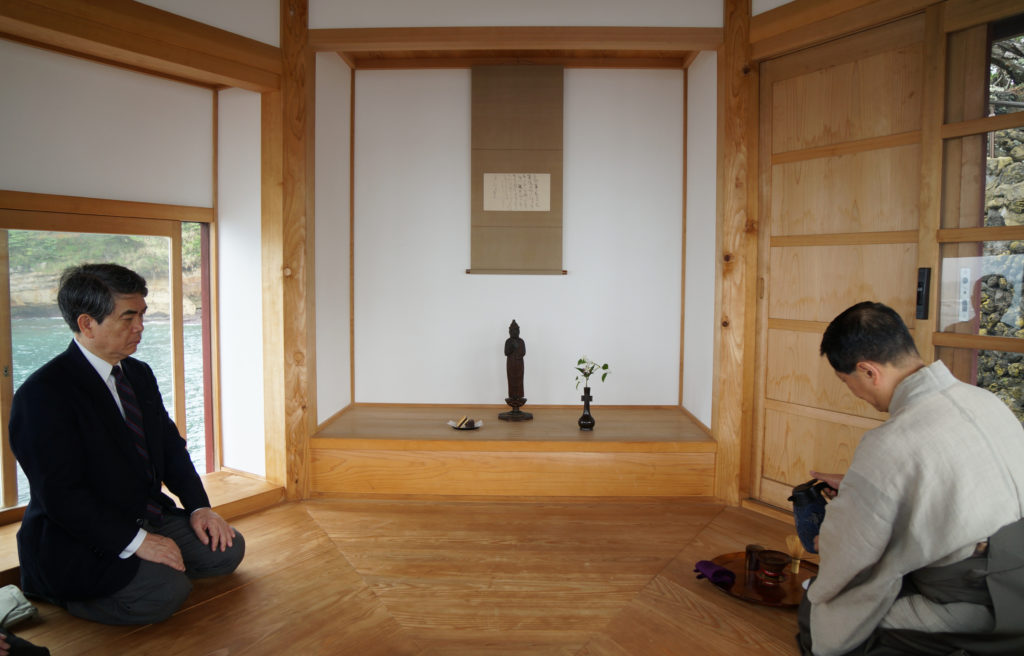
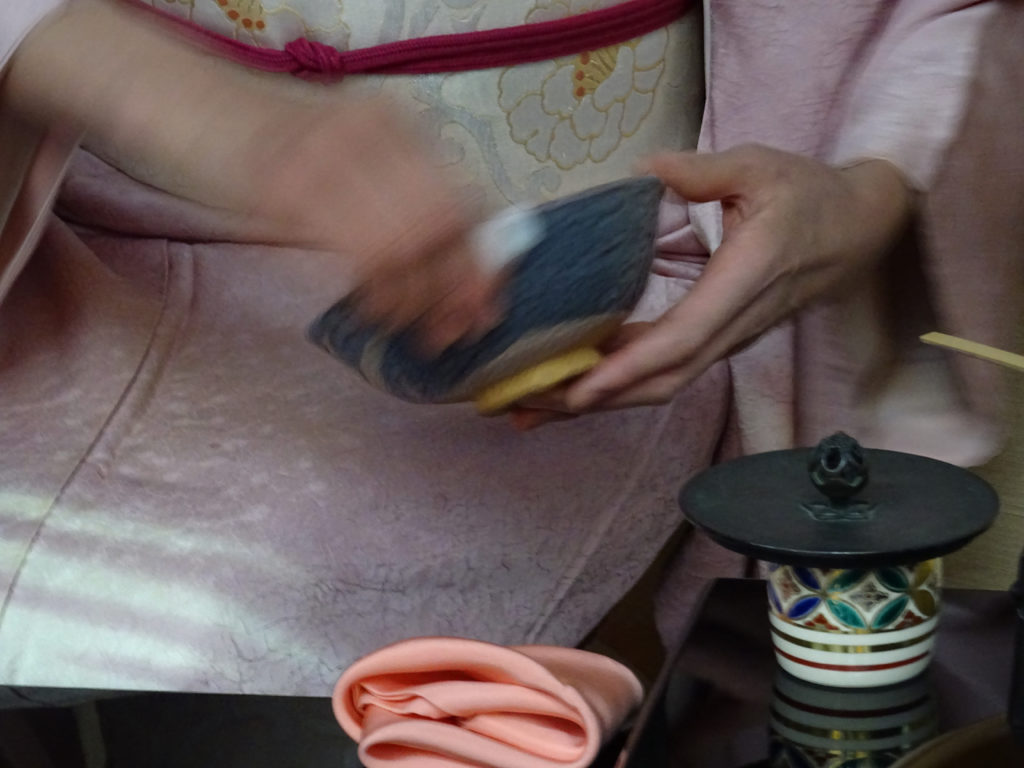
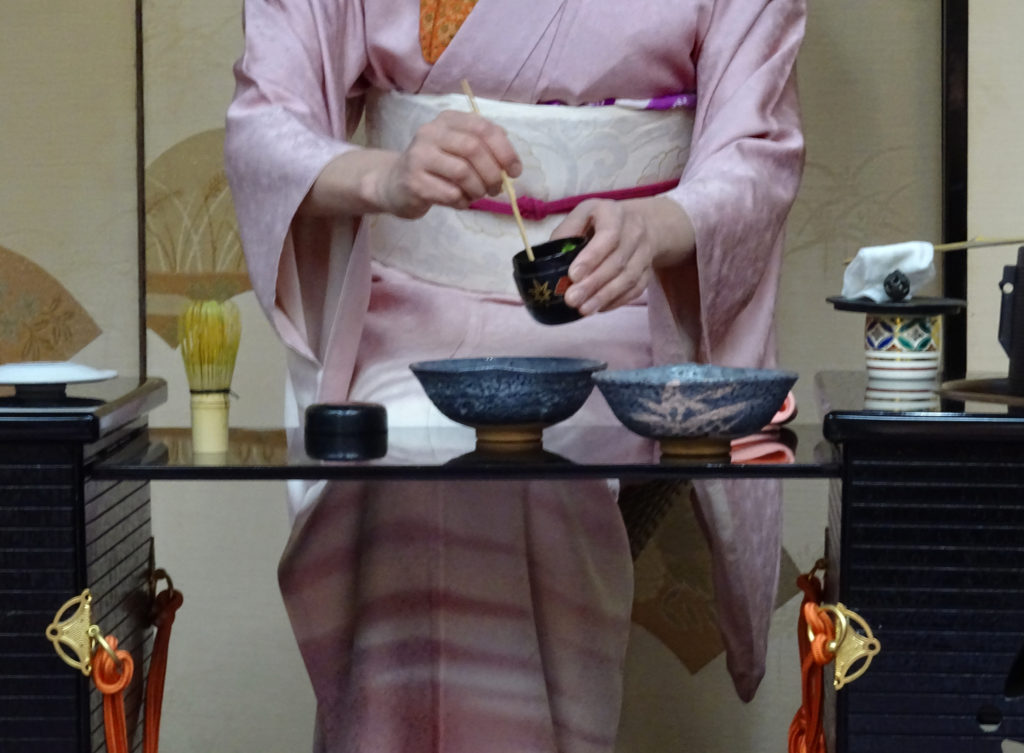
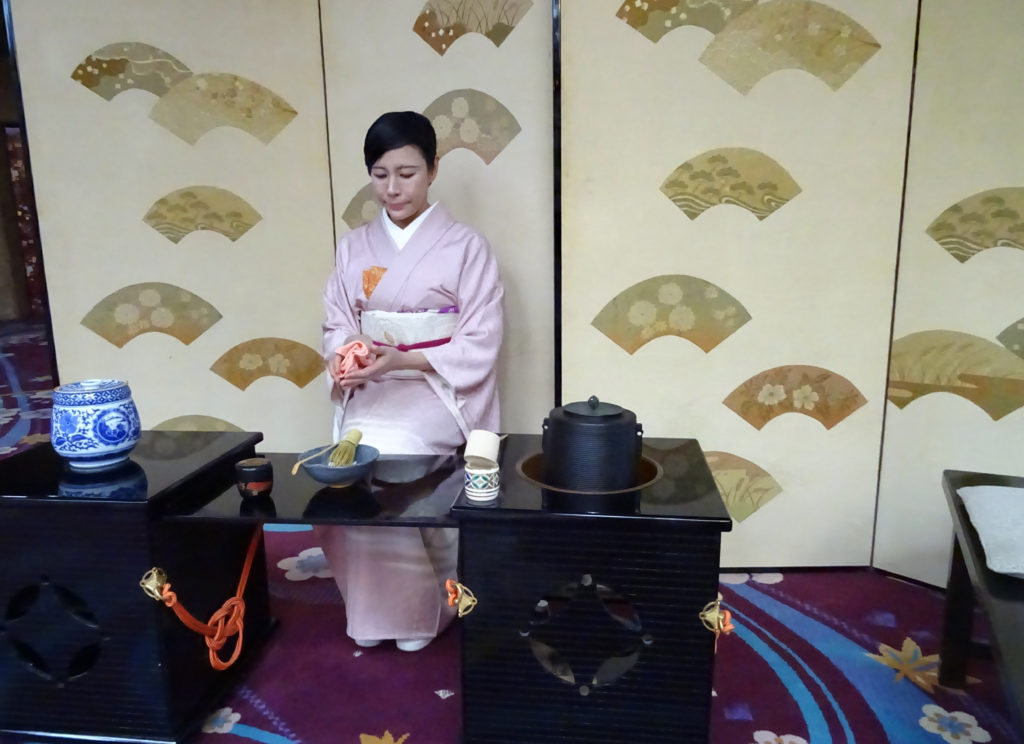
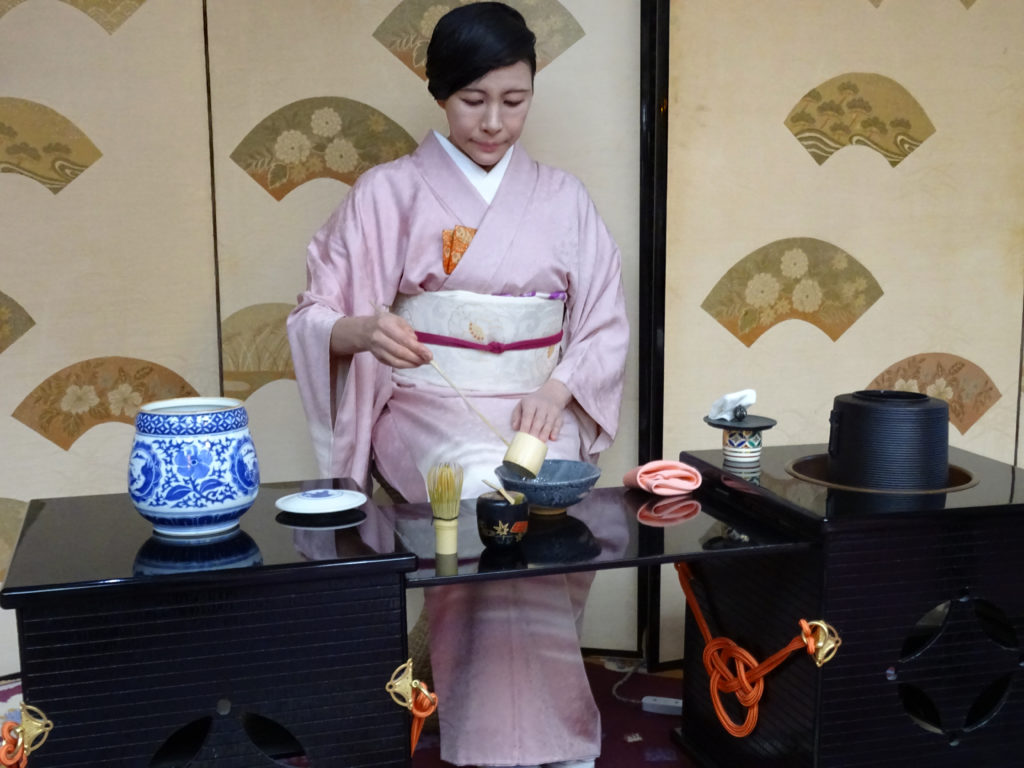
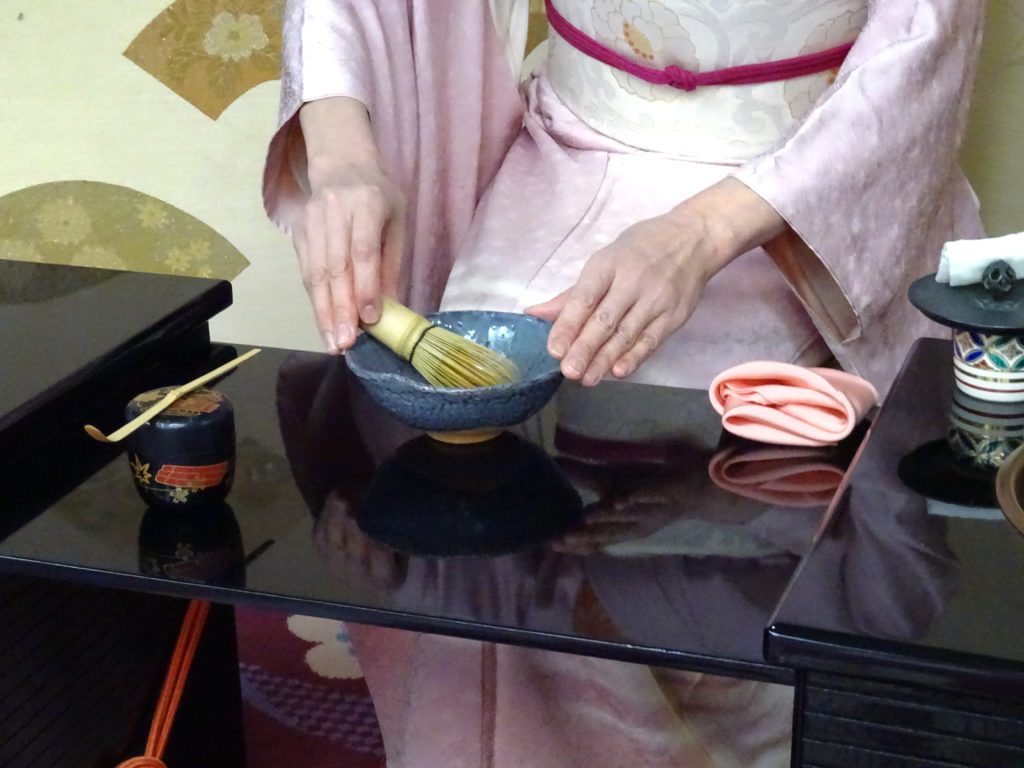
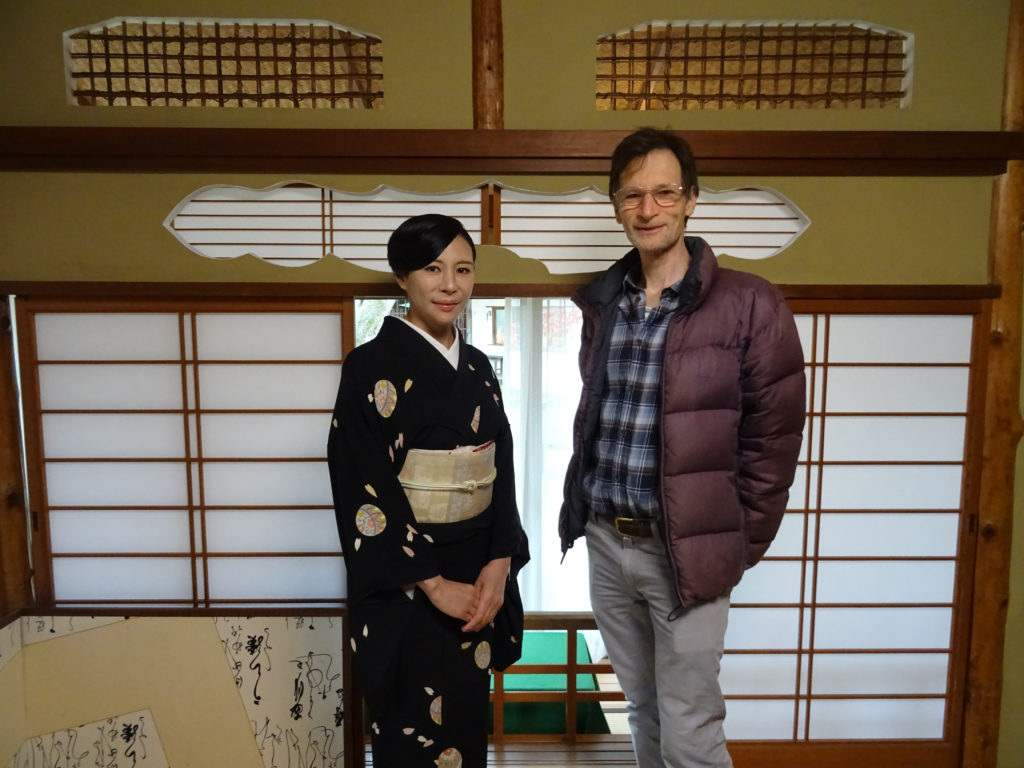
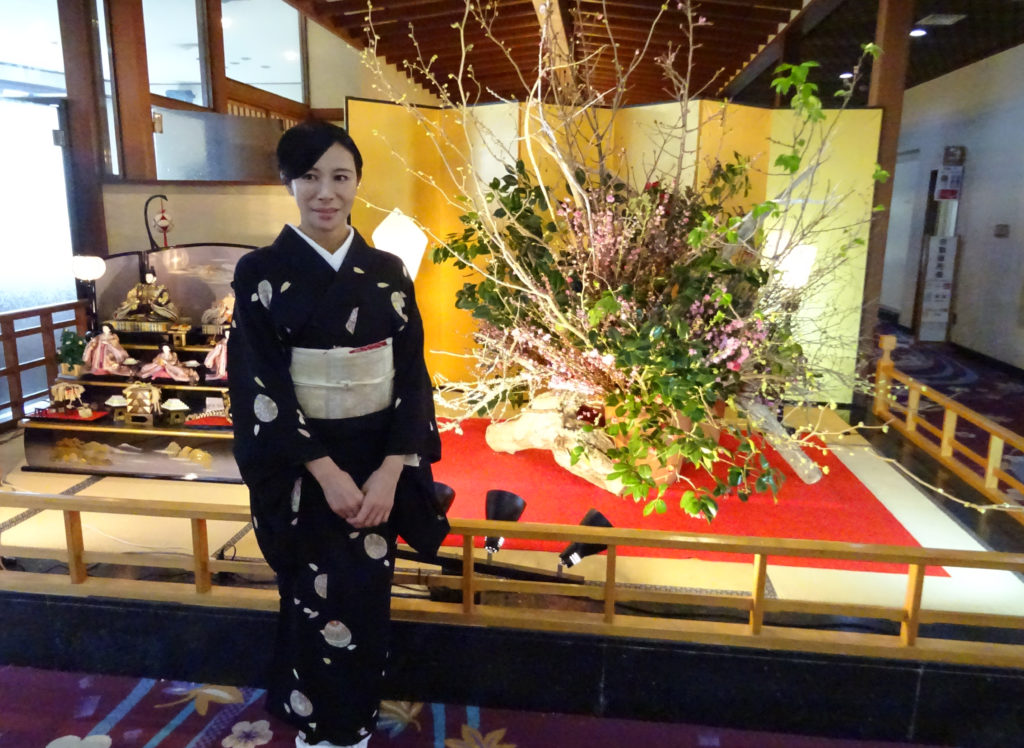
Thank you so much. This was beautiful.
Thank you for your kind comment. It really made my day. If you enjoyed the writing and images, you must come to Japan to enjoy an authentic tea ceremony.
Fantastic post. Nice writing. I happened upon a copy of The Book of Tea a few weeks ago, the Shambhala Pocket Classics version, a handy little treasure. Looking forward to more posts!
The Book of Tea is a wonderful little book. Enjoy it. Thank you for commenting.